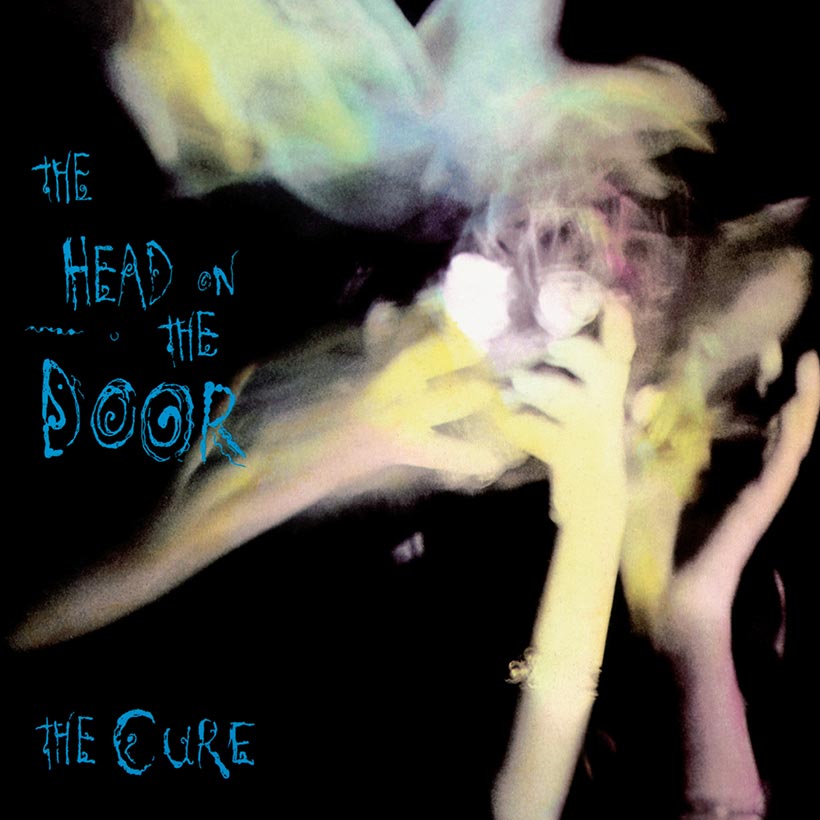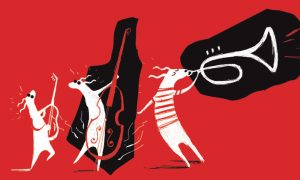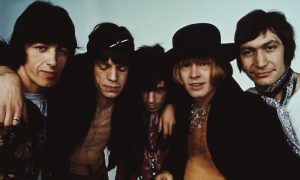The Cure’s sixth studio album, The Head On The Door, is arguably the most pivotal release in Robert Smith and co’s canon. Accessible and confident, it yielded the band’s first gold discs (in both the UK and US), and it successfully brokered their transition from acclaimed cult heroes to fully-fledged mainstream stars.
Making that leap, however, proved time-consuming for Smith. Responsible for the reputation-building “gloom trilogy” of Seventeen Seconds, Faith, and Pornography, The Cure had become a hip name to drop during the early 80s, but they imploded due to exhaustion and internal squabbles following the Pornography tour in the summer of 1982 – after which time Smith was forced to take stock.
‘I just felt totally liberated’
He then did the last thing his fans expected. Still, under The Cure’s name, Smith issued a series of much lighter, unashamedly poppy singles – “The Walk,” “The Lovecats,” and “The Caterpillar” – during 1983 and ’84. All of them crash-landed in the UK Top 20.
“I just felt totally liberated,” Smith said, recalling this artistic volte-face in a 2000 Rolling Stone interview. “With ‘Lovecats’, I suggested that we were going to do something that’s kind of like a Disney take on jazz, based on The Aristocats. Suddenly, everything we did started to sell.”
At this juncture, however, The Cure’s future still remained in doubt. In 1982 Smith replaced guitarist John McGeoch in Siouxsie And The Banshees, performing with them until 1984’s Hyaena. He’d also cut The Cure’s recent singles with an ad hoc line-up featuring ex-drummer Lol Tolhurst (now on keyboards), Pornography producer Phil Thornalley on bass, and drummer Andy Anderson. An often-overlooked fifth Cure album, The Top, also snuck out during 1984, but it was a Smith solo album in all but name, with him playing every instrument bar the drums.
‘It was a great feeling to be in a band that played that well’
Craving his own band again, Smith reconfigured The Cure after The Top’s release. He retained Tolhurst, but also drafted in drummer Boris Williams and multi-instrumentalist Porl Thompson. To the delight of the band’s old guard, Smith also recalled bassist Simon Gallup, who had departed following the Pornography tour.
Even as this new-look Cure worked up the songs for their next album, Smith felt exhilarated by his new colleagues’ potential. “Porl [Thompson] has always been a great guitarist and Boris [Williams] is an extraordinary drummer,” he told Rolling Stone. “It was a great feeling to be in a band that played that well.”
All concerned more than proved their mettle during the London-based studio sessions with producer David M Allen which resulted in The Head On The Door. Spurred on by his new lieutenants, Robert Smith wrote a wealth of new songs and the band emerged with their most diverse and compelling selection of material to date. Tracks such as “The Baby Screams,” the evocative, Eastern-flavoured “Kyoto Song” and the atmospheric, Faith-esque “Sinking” recalled the exquisite sadness of the band’s earlier work, but they were interspersed with playful, poppy numbers (“Close To Me,” the quirky “Six Different Ways”) and dramatic, widescreen rock workouts (“Push,” “A Night Like This”) tailor-made for a band graduating to bigger stages.
Elsewhere, Smith’s recent acquisition of a new, metal-stringed acoustic guitar provided the catalyst for the album’s signature hit. Introduced by Williams’ spinning drum break, “In Between Days” mined a seam of glorious melancholic pop and soon made its presence felt on radio and in the UK charts, where it rose to No.15 in the lead up to The Head On The Door’s release.
‘It’s still got a fantastic freshness to it’
First issued by Fiction Records on August 26, 1985, The Head On The Door was almost universally well-received, with the critics unanimously calling it The Cure’s boldest and most satisfying statement to date. Typical of the critiques were the NME’s, which picked up on the fact that “tunes abound,” and Record Mirror’s rave, which praised The Cure’s “mature musical approach”.
Commercially, the album’s performance kept apace, with The Head On The Door rising to No.7 in the UK Top 40 and chalking up The Cure’s first US Top 75 success. The infectious, brass-assisted “Close To Me” then provided the band with a further UK Top 30 hit, while the song’s ingenious, Tim Pope-directed video scooped up further praise and heavy rotation on MTV. It wrapped up a remarkable campaign that thrust Robert Smith and the troops into the mainstream, and led to further artistic triumphs with Kiss Me Kiss Me Kiss Me and Disintegration: the fearless, sprawling late 80s classics which established The Cure as one of the most important alt-rock acts on the planet.
“[Even] during the demos of The Head On The Door, I knew that this was the band,” Robert Smith said, reflecting on this pivotal period in Cure history in a 2000 interview. “It was a really pleasant environment, and the band became much more like a family. The album’s still got a real fantastic freshness about it.”




